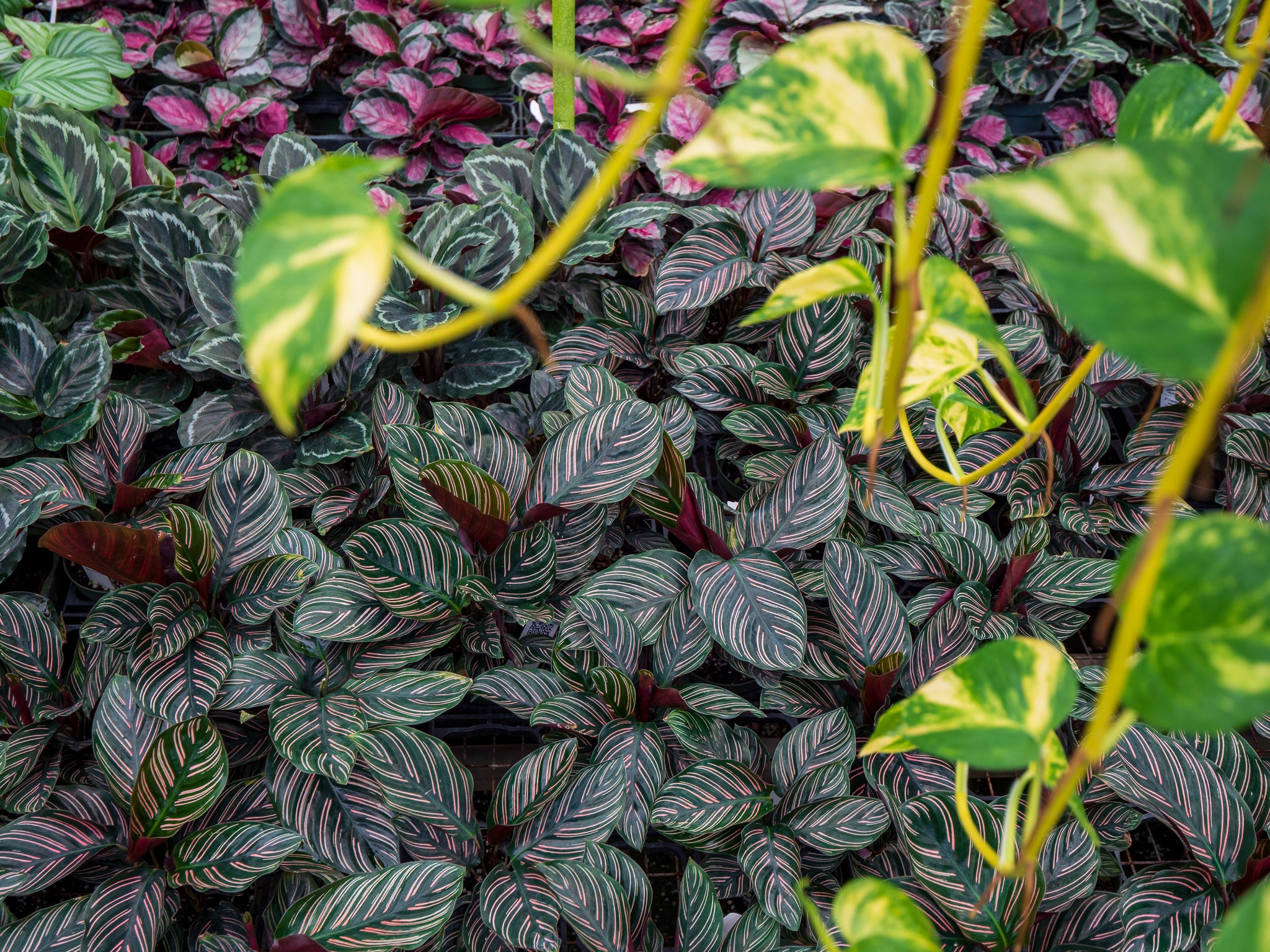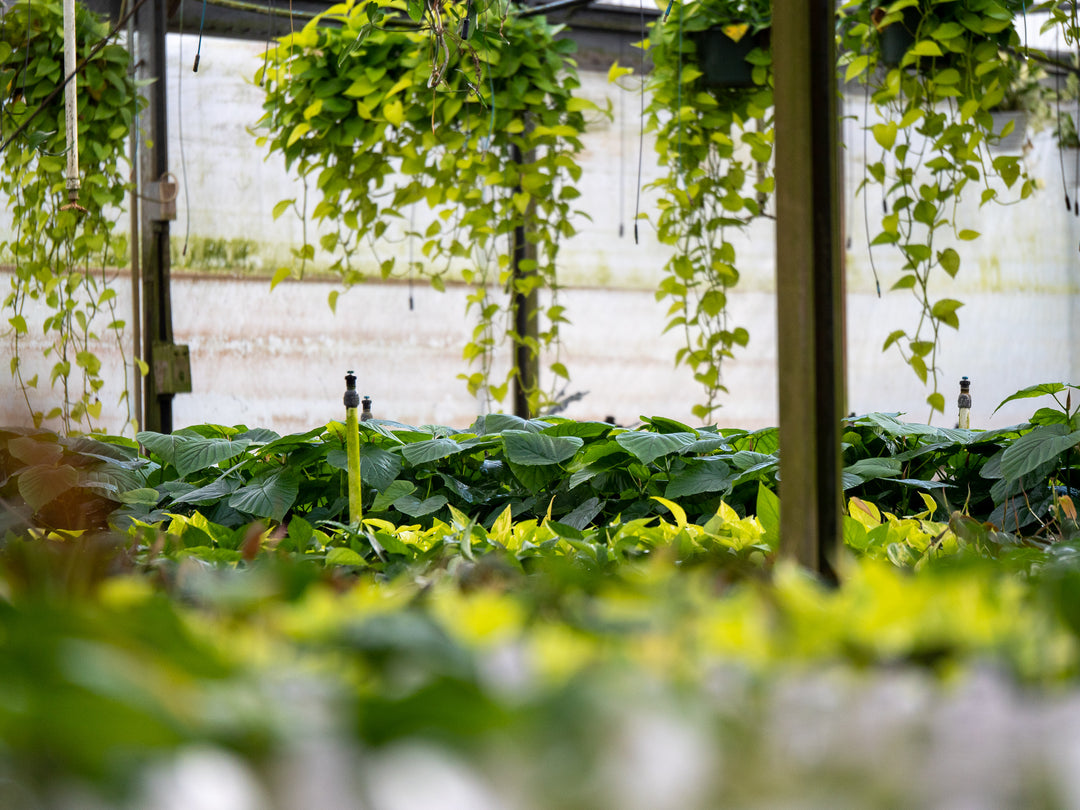Calathea is a genus of plants that includes a variety of tropical houseplants, with stunning foliage that makes them a popular choice for indoor gardening. However, caring for Calathea plants can be challenging, as they have specific requirements when it comes to light, water, temperature, and humidity.
In this guide, we will cover everything you need to know to keep your Calathea plants healthy and thriving, including:
Understanding Calathea Plants
Calathea plants are native to the rainforests of South America, and they are part of the Marantaceae family, which includes other popular houseplants like Prayer Plants and Stromanthe. Calathea plants are prized for their vibrant foliage, which comes in a range of colors and patterns, including deep greens, purples, pinks, and whites.
Light Requirements
Calathea plants prefer indirect or filtered sunlight, as direct sunlight can scorch their leaves. If your Calathea plant is getting too much light, you may notice brown spots or burned edges on the leaves. To provide your Calathea plant with the right amount of light, place it near a north-facing window or in a bright, shaded area.
Watering
Calathea plants need to be watered regularly, but they are sensitive to overwatering. It's essential to keep the soil evenly moist, but not waterlogged. To prevent water from sitting in the bottom of the pot, ensure that your Calathea plant is in a pot with good drainage. A good rule of thumb is to water your Calathea plant once a week, but adjust the frequency based on the environment.
Temperature and Humidity
Calathea plants thrive in warm, humid environments, which makes them perfect for indoor gardening. Ideally, the temperature should be between 65-80°F, and the humidity should be around 50-60%. To maintain the right humidity levels, you can use a humidifier or place a tray of water near your Calathea plant.
Soil Requirements
Calathea plants need well-draining soil that is rich in organic matter. A good potting mix for Calathea plants should contain peat moss, perlite, and vermiculite. Additionally, it's essential to repot your Calathea plant every year or two to ensure that it has enough room to grow.
Common Problems and Solutions
Calathea plants can be susceptible to a variety of problems, including pests like spider mites and mealybugs, as well as fungal diseases like root rot. To prevent these issues, it's crucial to keep your Calathea plant clean and free from dust and debris. Additionally, ensure that your Calathea plant is not exposed to cold drafts or temperature extremes.
Conclusion
We hope that this guide has provided you with the information you need to care for your Calathea plants. By following these tips and tricks, you can ensure that your Calathea plants thrive and continue to provide you with beautiful, vibrant foliage. If you have any questions or concerns, please don't hesitate to reach out to us.





